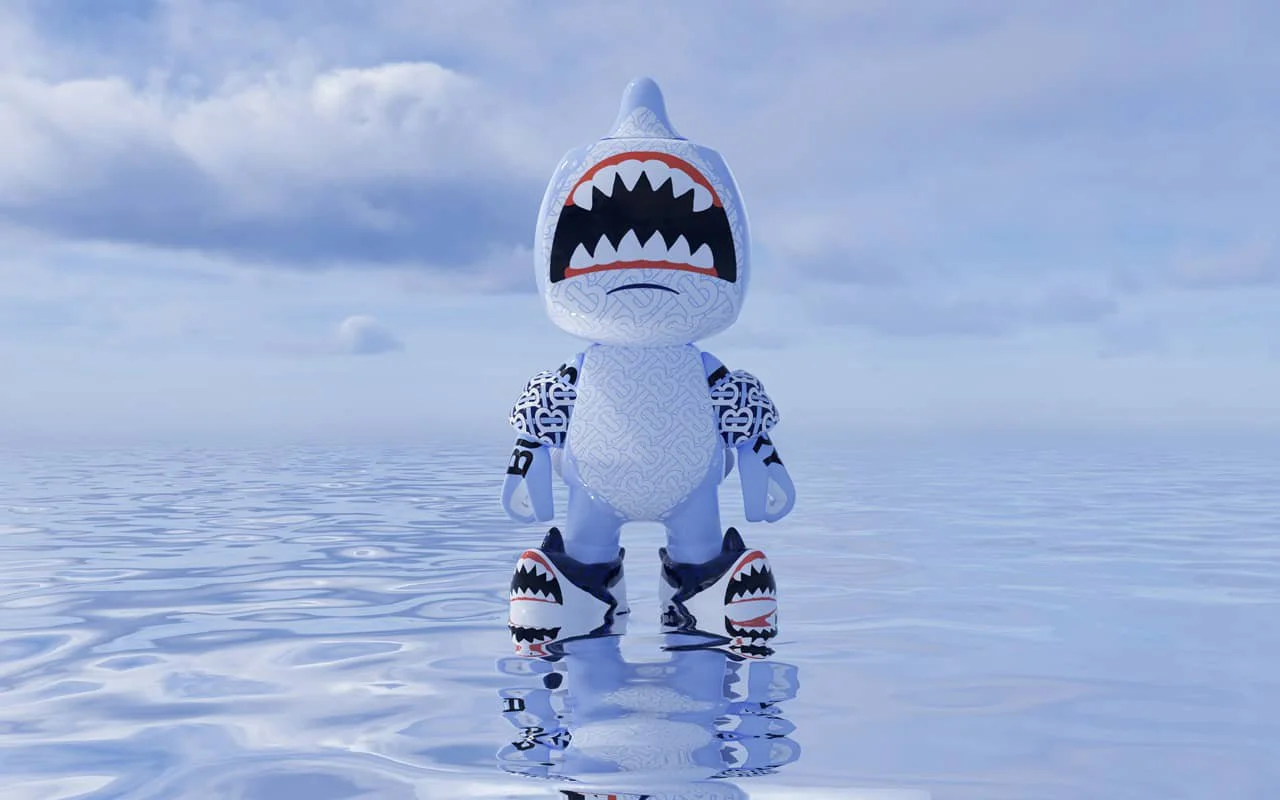Major crises can trigger disruptive innovation, and this has never been truer than in the last year. Fashion, like many industries, had to adapt to survive.
COVID-19 forced brands and retailers to digitise, and experiment with virtual show formats. At the same time, Gen Z’s gaming obsession – intensified by months of lockdown – created opportunities for fashion designers to clothe and accessorise users’ game profiles and avatars, bringing luxury and style to consumers’ virtual lives.
So, who are the key players in virtual fashion, and what innovations should brand experience makers investigate? Read on to find out.
Targeted by the FIA
When social lives went into hibernation in March 2020, the Fashion Innovation Agency (FIA) – a research arm of the London College of Fashion – got busy making connections within the industry, and keeping conversations alive between brands, retailers, and consumers. It became the centre of experimentation at the crossroads of fashion and technology, bringing together tech giants such as Microsoft with production houses and fashion brands.
The Fabricant is one of the FIA’s leading projects, a digital-only fashion house. They produce and sell virtual clothes that do not exist physically but can be worn on social media and gaming platforms, leaving a zero-carbon footprint. Their work includes collaborations with Australian Fashion Week and Brazilian popstar Pabllo Vittar. The designs have the price tags of physical high fashion - one piece can cost up to US$ 9,500.
Dressed to kill
A great outfit to complete a mission on your favourite online game may soon be the norm.
Designs by The Fabricant and other digital fashion houses are now available on DRESSX, the world’s leading digital fashion retailer. According to Business of Fashion, “the company, which produces digital fashion under its own label in partnership with a variety of designers, as well as acting as a platform through which other designers and brands can sell their digital products, raised $2million in a seed round co-led by Artemis Fund and Alpha Edison.”
One of the collections on DRESSX is Gary James McQueen’s ‘Guiding Light’. The nephew of legendary London designer Alexander McQueen, and the brand’s former Head of Menswear Textiles, Gary launched his own digital fashion project in collaboration with Epic Games, producing outfits to be sold to gamers and digital fashion fans. Guiding Light was conceived as a digital fashion show and developed using Unreal Engine, delivering a fantastic experience to viewers, and inspiring them to purchase the pieces available on DRESSX.
Most recently, Swedish retailer H&M made an important step toward popularising digital fashion.
It created its own digital collection - also available on DRESSX - and launched a campaign where fans of the brand are asked to give names to collection pieces. Winners receive the digital collection items and are able to use them on their social media platforms. Joining forces with actor and sustainability advocate Maisie Williams, H&M focused on fashion innovation, inclusivity and environmental awareness, highlighting how digital clothing is designed for all body types and has a zero carbon footprint.
Crafting myth
As retailers use virtual fashion to sell physical clothes, and some new brands and platforms focus exclusively on virtual fashion, big luxury maison see an opportunity. Burberry and Louis Vuitton have recently entered the game - not with outfits, but with collectible items in NFT format.
NFT stands for ‘Non-Fungible Token’, non-interchangeable units of data developed on blockchain technology to create digital items that retain value. In gaming, NFTs can be used to unlock perks and improve user experience. Gamers can otherwise decide to retain their NFTs and sell them in online or offline auctions.
Last year, Burberry joined forces with Mythical Games and created NFTs for Blanko’s Block Party, a well-known online game. Louis Vuitton took another route, creating their own ‘Louis the Game’ where they sold NFTs to online gamers.
As the first examples of collaborations between luxury maison and online games, these NFTs are collectors’ items and have a certain historical importance. They can therefore sell for a high price at auctions. There are some precedents in the sale of co-branded NFTs in other sectors as well. A recent collaboration between musician Deadmau5 and Mythical Games saw items sold for up to $25,000 in their in-house resale marketplace. Meanwhile, Mike Winkelmann - the digital artist known as Beeple - sold the NFT version of one of his works at Christie's for a staggering USD 69 million. This is proof that, whatever the sector, there is great potential for NFTs as an emerging medium for brands and artists alike.
So, what is there to learn for brand experience makers?
Avatar design can support viewer interaction in online brand experiences.
One of the challenges of online events is ensuring audience engagement throughout, without the support of a physical environment. Virtually created clothes and accessories mean participants can take a more active role by creating and branding their own avatars. This will also motivate them to share content and multiply a brand’s message.
A creative virtual product presentation can help brands and retailers sell their products online.
As e-commerce becomes more saturated, the presentation of merchandise takes on an even more important role, and needs to stand out. Virtual and 3D art formats can attract users’ attention and drive sales.
NFTs can help connect brands with younger demographics through gaming platforms.
Co-branding with online games and exploring the potential of NFTs can be fruitful for any consumer brand. It’s a way to appeal to Gen Z while creating unique experiences centred around rare and collectible digital items.
Should you be interested in finding out more about how Uniplan are thinking about this and related topics, do get in touch with our editorial team.












